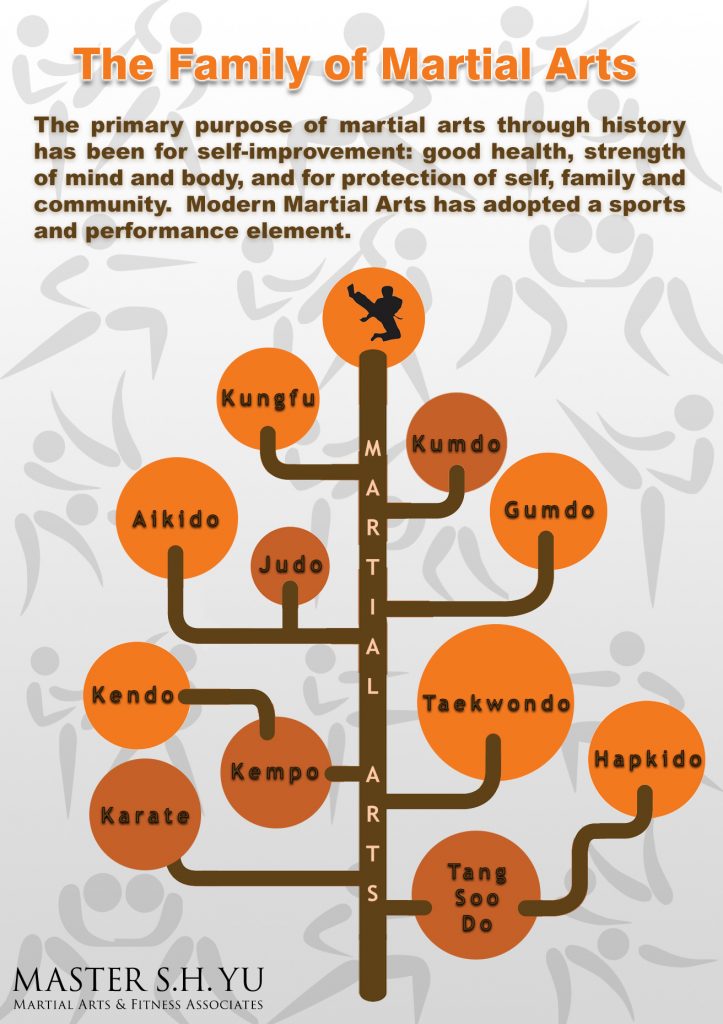The Development And Historic Value Of Martial Arts Throughout Different Cultures
The Development And Historic Value Of Martial Arts Throughout Different Cultures
Blog Article
Content Writer-Padilla Graham
Martial arts have a fascinating history that extends centuries and continents. You might locate it fascinating exactly how old techniques like Shuai Jiao and Kalaripayattu prepared for contemporary combat methods. These disciplines not only emphasize physical abilities however also reflect the societies that birthed them. As you explore their advancement, consider exactly how globalization has changed these traditional forms into crossbreed styles. What impacts do you assume have shaped today's martial arts landscape?
Ancient Martial arts: The Structures of Fight
As you explore the globe of ancient martial arts, you'll find the rich structures that formed battle strategies throughout cultures. Early practices concentrated on Self-Defense and survival, usually integrating strikes, grappling, and weapons.
In old China, for instance, techniques like Shuai Jiao stressed throws and joint locks, while India's Kalaripayattu showcased dexterity and liquid movement. martial arts and fitness created Kenjutsu, a refined swordsmanship that highlighted technique and technique.
These martial arts served not just for fight however additionally as a means of individual development, instilling worths like regard and willpower. The blending of these techniques gradually laid the groundwork for the diverse martial arts you see today, each showing the unique viewpoints and needs of its culture.
The Social Influence on Martial Arts Development
While martial arts usually mirror the functional demands of a culture, they likewise symbolize the cultural worths and ideas of their origins. When you discover different martial arts, you'll discover exactly how they're affected by faith, ideology, and social norms.
For instance, the emphasis on regard and self-control in Japanese martial arts comes from Zen Buddhism and samurai culture. In contrast, Brazilian Jiu-Jitsu advertises flexibility and technique, shaped by the requirement for efficiency in a varied, multicultural atmosphere.
You might discover that the rituals, attires, and training methods mirror an area's history and identity. By comprehending these cultural influences, you strengthen your gratitude of martial arts and their role fit human experiences around the world.
Modern Adaptations and the Globalization of Martial arts
Martial arts have changed considerably in recent years, adapting to contemporary culture and international influences. private martial arts training near me 'll observe that conventional forms have blended with contemporary methods, creating hybrid styles like MMA. These adaptations deal with varied target markets, making martial arts available and appealing worldwide.
With the increase of social media and electronic systems, you can find tutorials and competitors from all edges of the globe, damaging geographical barriers. This globalization has actually led to a shared gratitude for different techniques, from Brazilian Jiu-Jitsu to Taekwondo.
As you involve with these arts, you'll realize they're not practically combat; they promote health and fitness, self-control, and mental well-being.
Inevitably, modern adjustments have actually enhanced the martial arts landscape, making it a vibrant and evolving practice.
Conclusion
In exploring the history and advancement of martial arts, you reveal a fascinating mix of techniques, societies, and viewpoints. From old self-controls like Shuai Jiao and Kalaripayattu to the modern-day versatility seen in MMA, martial arts show humanity's mission for Self-Defense and individual growth. As you engage with these techniques, you not just gain skills however also a deeper gratitude for the diverse traditions that shape our world today. So, continue gyms that offer martial arts and welcome the art of battle!
